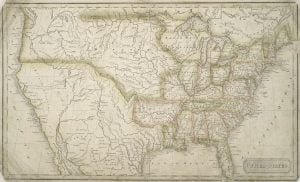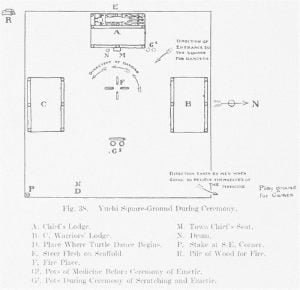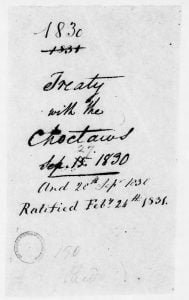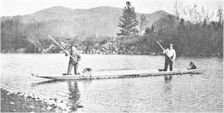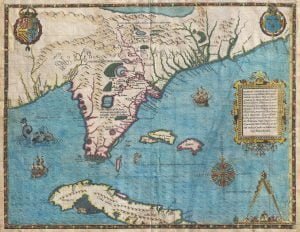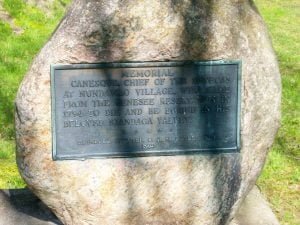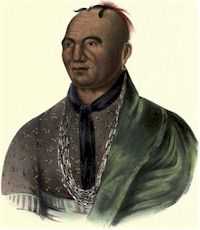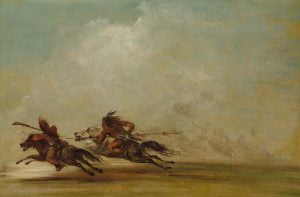1822 Congressional Report on Indian Affairs
Jedediah Morse’s 1822 report to Congress of his travels through Indian Territory on behalf of the office of Secretary of War – Jedediah was tasked by a resolution of Congress to report of his travels amongst the tribes throughout the United States. Acknowledging that he did not visit all of the tribes, and that he relied on known facts and materials for the body of text he provided, Jedediah presented a large collection of tabular data and descriptive content. This data was then used by Congress to shape it’s policies as it dealt with expansion further west, and specifically tribal relations.

